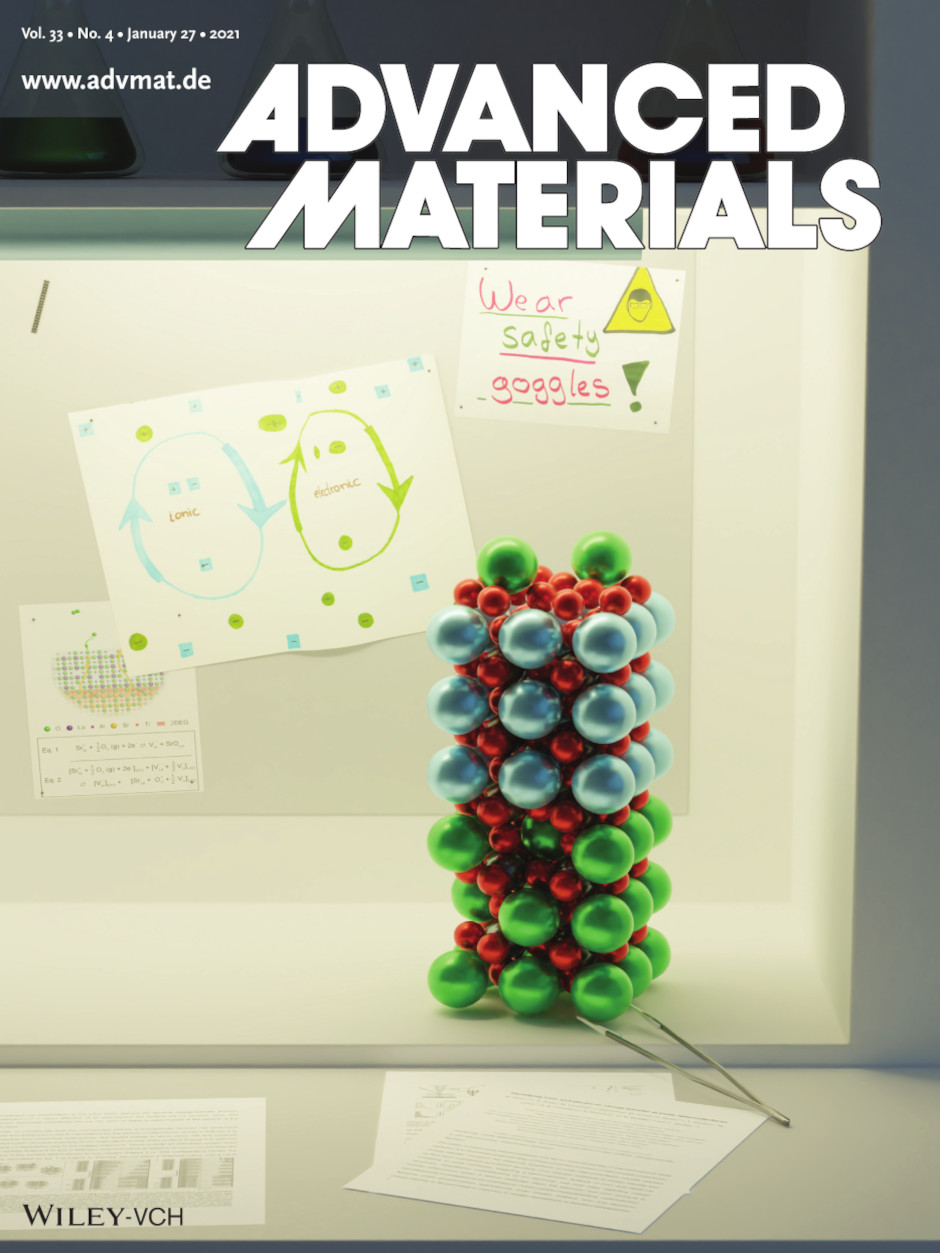Identifying ionic and electronic charge transfer at oxide heterointerfaces
2021-01-26 | Tomáš Duchoň
10.1002/adma.202004132
10.1002/adma.202004132
A discontinuity provided by an interface is a source of emergent physical properties. In materials design, a heterointerface can thus present a way to functionalize beyond the potential of parent materials. The concept is used with great success in engineering of electronic properties of oxide heterointerfaces, the most prominent example being 2D electron gas at the interface of SrTiO3 with various oxides. While electronic structure is the focus of most studies, operating devices (i.e., elevated temperature/pressure) offer further degrees of freedom through increased ionic mobility. In our recent paper we follow the interplay of the electronic and ionic structures in a prototypical charge-transfer interface LaAlO3/SrTiO3. We show that the interface facilitates significantly increased ionic mobility in response to oxygen compared to the phase diagram of the bulk oxides. The increased mobility enables a reversible depletion/population of the interfacial electron gas balanced by Sr cation diffusion through the interface to the surface of LaAlO3, where SrOx precipitates form. The demonstrated intertwined equilibration can be harnessed for further functionalization of oxide heterointerfaces. The paper is featured on the cover of the current issue of Advanced Materials, and is freely accessible from the publisher.
